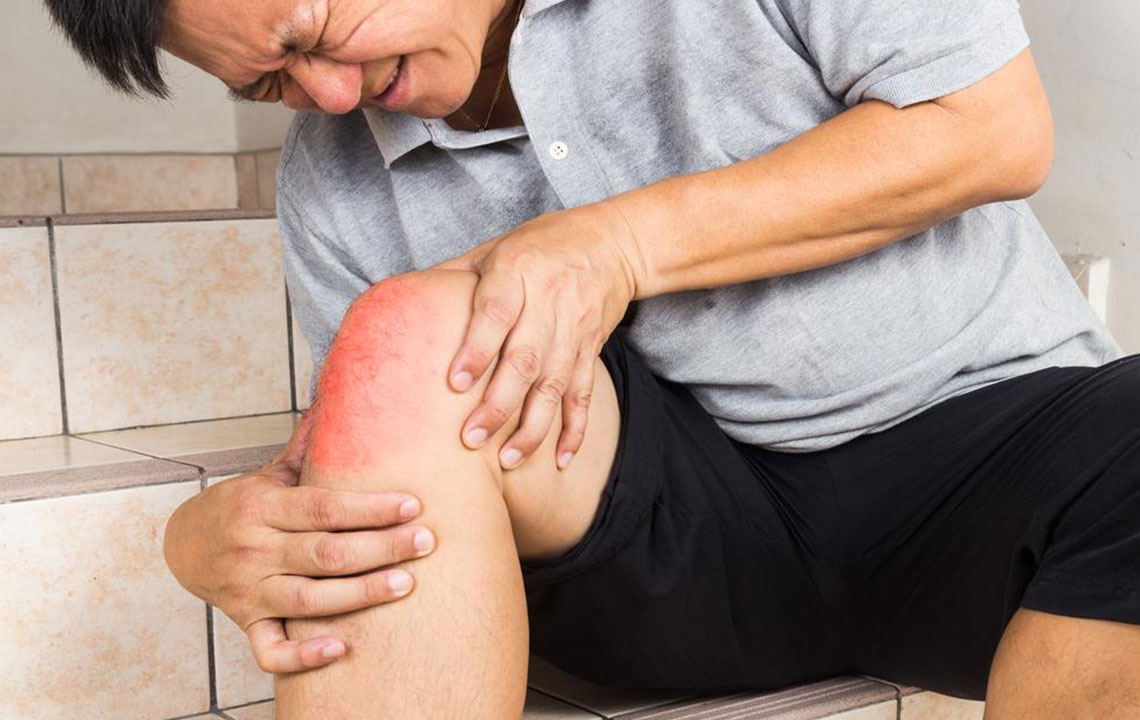Comprehensive Guide to Osteoarthritis: Symptoms, Diagnosis, and Modern Treatment Strategies
Discover a detailed overview of osteoarthritis, including its symptoms, diagnosis, and the latest treatment options. Learn how early intervention and modern therapies can enhance joint health and improve quality of life for those affected by this common degenerative joint disease.

Comprehensive Guide to Osteoarthritis: Symptoms, Diagnosis, and Modern Treatment Strategies
Understanding Osteoarthritis: Key Symptoms, Causes, and Latest Treatment Options
Osteoarthritis (OA) is recognized as the most common form of arthritis worldwide, significantly impacting the quality of life for millions of individuals. It predominantly affects older adults, especially those over the age of 50, along with people who are overweight or obese. This degenerative joint disease primarily targets weight-bearing joints such as the knees, hips, and hands, but it can also involve other joints.
At its core, osteoarthritis involves the gradual deterioration of cartilage that cushions the ends of bones in the joints. Cartilage serves as a shock absorber, allowing smooth movement and reducing friction during joint activity. When this cartilage breaks down or becomes damaged, bones begin to rub against each other, causing pain, swelling, and reduced mobility. Over time, this persistent wear and tear can lead to substantial joint deformity, disability, and chronic discomfort if not properly managed.
Recognizing early signs of osteoarthritis is crucial for effective management and preventing irreversible joint damage. As the disease progresses, joint function can become severely compromised, impacting everyday activities and overall well-being. It’s important to identify the key symptoms early and pursue appropriate treatment options.
Joint Stiffness: Experiencing stiffness, especially after periods of inactivity or rest, is a typical early sign. Over time, stiffness may become persistent and interfere with movement.
Persistent Joint Pain: Chronic pain that worsens with movement or activity is a hallmark symptom of osteoarthritis. If ignored, pain can become more severe and persistent, necessitating medical intervention to prevent further joint deterioration.
Joint Tenderness and Swelling: Tenderness upon touch, swelling around the joint, and a sensation of grinding or rubbing indicate progression of tissue damage and inflammation. Difficulty bearing weight and reduced range of motion are common in advanced stages.
Bone Spurs Formation: As osteoarthritis advances, extra bone growths called osteophytes or bone spurs develop around joint margins. These bony projections can cause additional pain and restrict movement.
Understanding these symptoms allows individuals to seek early medical advice, which is vital in managing osteoarthritis effectively. Early diagnosis can slow disease progression, improve joint function, and enhance quality of life. Once diagnosed, a variety of treatment strategies are available, tailored to the severity of the disease and patient needs.
Diagnostic Approaches for Osteoarthritis
Diagnosis of osteoarthritis involves a combination of clinical evaluation, medical history, physical examination, and imaging studies. Your healthcare provider will assess joint pain, stiffness, swelling, and range of motion. Imaging techniques such as X-rays are crucial for visualizing joint space narrowing, bone spurs, and other characteristic changes. In some cases, MRI scans provide detailed images of cartilage and soft tissue, helping to determine the extent of joint damage.
Blood tests are generally not used to diagnose osteoarthritis directly but may be performed to rule out other forms of arthritis such as rheumatoid arthritis or gout. Early diagnosis is essential to implement suitable treatment plans and to prevent further joint deterioration.
Modern Treatment Options for Osteoarthritis
While osteoarthritis is a chronic condition with no cure, advancements in treatment options offer significant relief and improved joint function. Management strategies typically focus on alleviating symptoms, improving joint stability, and enhancing mobility. Here’s a comprehensive overview of the most effective treatment options available today.
Medication Therapy
Medications play a vital role in managing osteoarthritis symptoms. Nonsteroidal anti-inflammatory drugs (NSAIDs) such as ibuprofen and naproxen are commonly prescribed to reduce pain and inflammation. Acetaminophen (paracetamol) offers pain relief without anti-inflammatory effects but is effective for mild to moderate pain. In recent years, medications like duloxetine, originally used as antidepressants, have been found to help reduce chronic osteoarthritis pain for some patients. It’s essential to seek medical advice before starting any medication to ensure safety and efficacy.
Physical and Occupational Therapy
Therapeutic interventions are critical for improving joint function and reducing symptoms. Physical therapy focuses on strengthening the muscles surrounding affected joints, which provides better support and decreases joint stress. Techniques such as range-of-motion exercises and manual therapy can maintain or improve flexibility. Incorporating low-impact aerobic activities like swimming and cycling helps promote overall joint health. Occupational therapy can teach injury-preventive techniques and recommend assistive devices to facilitate daily activities with less pain.
Lifestyle Modifications and Home Remedies
Adopting a healthy lifestyle can mitigate osteoarthritis symptoms. Weight management is crucial; even modest weight loss can significantly reduce pressure on weight-bearing joints and alleviate pain. A balanced diet rich in anti-inflammatory foods, such as omega-3 fatty acids, fruits, and vegetables, supports joint health. Applying heat or cold packs to affected joints can relieve pain and swelling. Ensuring ergonomic adjustments at work and during daily tasks can prevent further joint strain.
Innovative and Complementary Therapies
Emerging therapies include injectable treatments like corticosteroid or hyaluronic acid injections that provide symptom relief in specific cases. Platelet-rich plasma (PRP) therapy is gaining popularity as a regenerative treatment aimed at promoting cartilage repair. Additionally, complementary therapies such as acupuncture, massage, and supplements like glucosamine and chondroitin may offer some benefits, although their effectiveness varies.
Surgical Interventions
In advanced cases where conservative treatments fail to provide relief, surgical options are considered. Osteoarthritis may necessitate procedures such as joint replacement surgeries, including total knee or hip arthroplasty, which can dramatically improve pain and function. Joint realignment surgery and arthroscopic debridement are other options depending on the joint involved and the severity of damage. Postoperative rehabilitation is essential for successful outcomes.
Preventive Measures and Living Well with Osteoarthritis
Prevention strategies focus on maintaining joint health through lifestyle choices. Regular exercise, weight control, proper nutrition, and avoiding joint overuse can delay disease onset or progression. Staying proactive and engaging in routine medical checkups enables early intervention, which can significantly impact disease course.
In conclusion, osteoarthritis is a widespread degenerative joint condition that requires a comprehensive management approach. Early recognition of symptoms, prompt diagnosis, and personalized treatment plans involving medication, therapy, lifestyle adjustments, and in some cases, surgery, can substantially enhance patient outcomes. By staying informed and proactive, individuals affected by osteoarthritis can lead active, healthier lives despite their condition.





